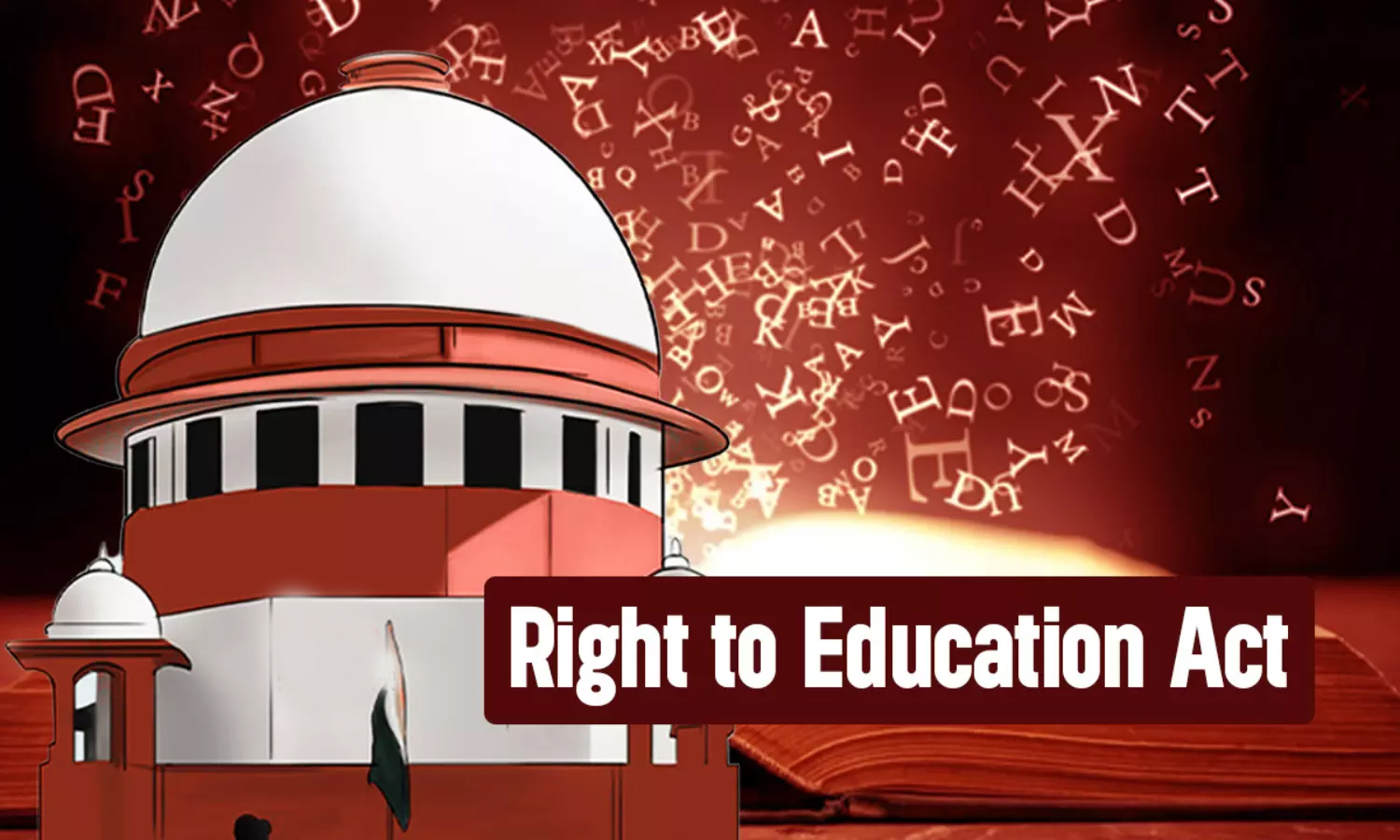
Constitutional Shield for Minority Institutions
(05-Sep-2025)

- The Right to Education (RTE) Act, 2009 operationalized Article 21A, ensuring free and compulsory education for children aged 6–14.
- Promoted equity, inclusivity, and child-centric education.
- In Pramati Educational and Cultural Trust vs Union of India (2014), SC exempted both aided and unaided minority institutions from RTE obligations.
- In September 2025, Justice Dipankar Datta’s bench revisited this issue, questioning whether such a wide exemption undermines universal education.
About the RTE Act, 2009
- Provides free education in government schools.
- 25% reservation in private unaided schools for disadvantaged groups with state reimbursement.
- Obligations on aided schools to reserve seats in proportion to aid.
- Sets standards: pupil-teacher ratio, teacher qualifications, infrastructure norms.
- Prohibits capitation fees and corporal punishment.
- Child-first approach ensuring accountability of all schools.
Constitutional Protection for Minority Institutions
- Articles 29 & 30 safeguard cultural and educational rights of minorities.
- Article 30(1) allows minorities to establish and administer their own institutions.
- Exemption for minority schools came only through judicial interpretation.
Judicial Developments before Pramati
- 2012 – Society for Unaided Private Schools of Rajasthan case:
- Upheld RTE’s constitutionality.
- 25% quota allowed as a reasonable restriction.
- Exempted unaided minority schools, but aided ones were still under RTE.
The 2014 Pramati Judgment
- Five-judge Constitution Bench: RTE cannot apply to aided or unaided minority institutions.
- Quotas would change their character and infringe Article 30(1).
- All minority schools exempted.
- Consequences:
- - Many schools claimed minority status to evade RTE.
- - Disadvantaged children excluded from quality education.
- - Publicly funded schools avoided accountability.
- - Equity weakened; autonomy prioritized over child’s rights.
The 2025 Supreme Court Reconsideration
- Bench of Justices Dipankar Datta & Manmohan reopened the debate.
- 2014 judgment went 'too far' with blanket exemption.
- Exemption undermines universal education.
- Teacher standards (TET, infrastructure) do not affect minority identity.
- Articles 21A & 30(1) must be harmonized.
- Quota issue should be decided case by case.
- Possible solution: fill quota with disadvantaged children from their own minority community.
Significance of Reconsideration
- Balances child’s right to education with minority autonomy.
- Restores accountability, especially in aided institutions.
- Promotes inclusivity and mixed classrooms.
- Prevents misuse of minority status.
- Sets precedent that may reshape education law.
Wider Implications
- For children: better access for disadvantaged groups.
- For education system: ensures teacher quality and common standards.
- For society: promotes social cohesion and democracy.
- For governance: clarifies balance between group rights and universal entitlements.
Conclusion
- Pramati (2014) weakened RTE’s transformative potential.
- 2025 SC bench emphasised that children’s rights cannot be subordinated.
- If exemption overturned: minority schools must comply with RTE (25% quota).
- Marks a historic shift toward inclusive education.
- Reaffirms child’s right to education as central to policy and law.

